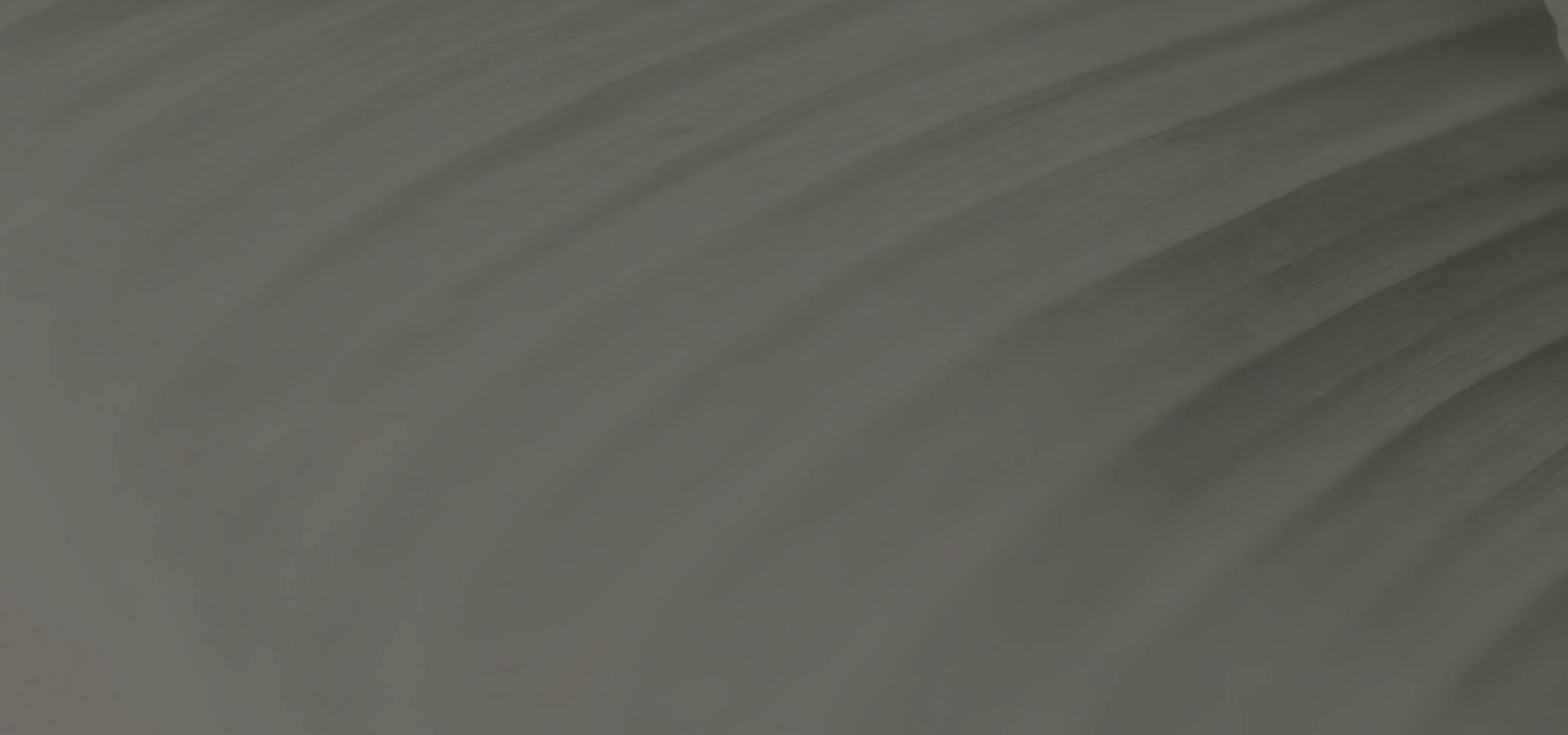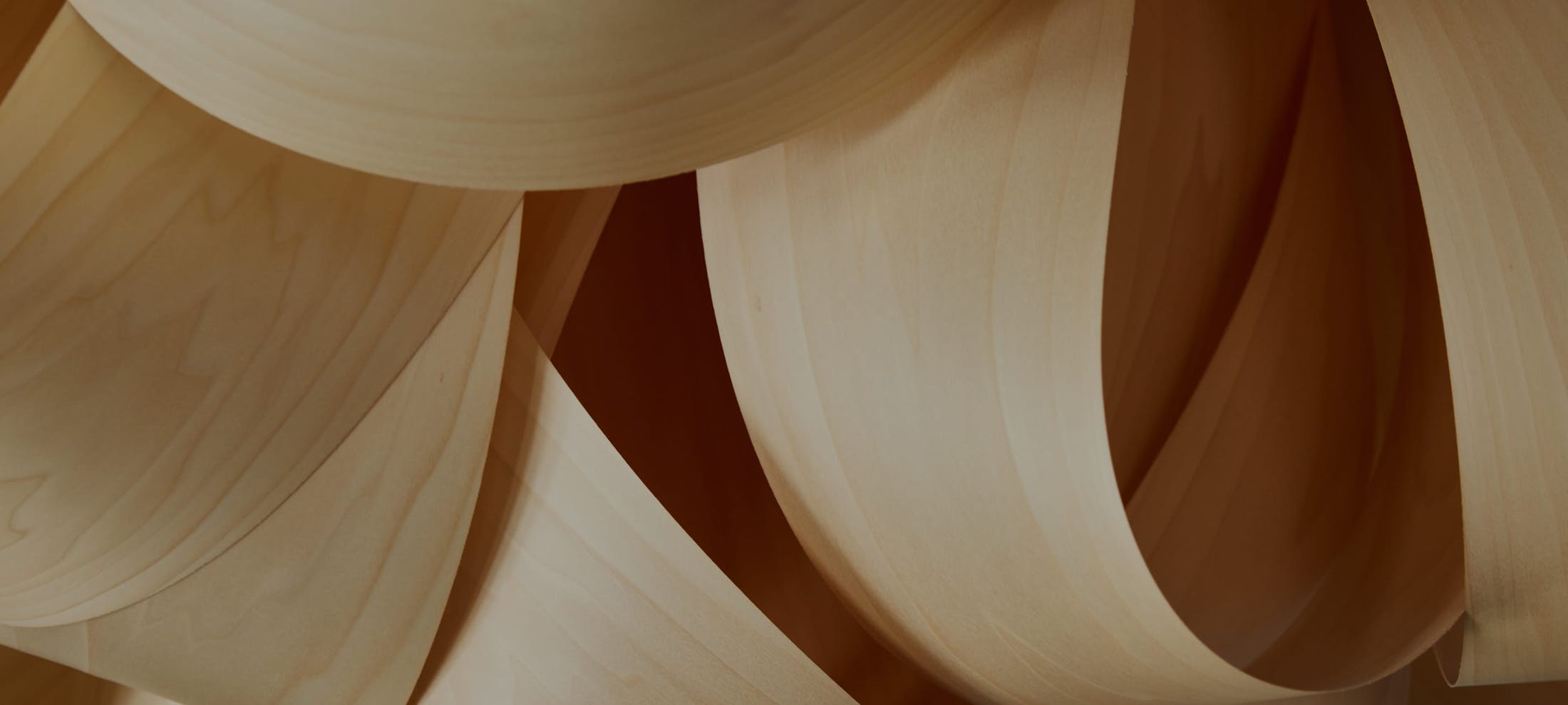We are leaders in breast enhancement, body sculpting, and facial cosmetic surgery, serving the entire San Francisco Bay area. Whether you live in the Bay Area or are coming in from out of town, we’re happy to answer any questions you may have on your path to your new self. Schedule an intro call with us today to take the first step towards realizing the look you’ve always wanted for yourself.





Bulging Lower Abdomen After Tummy Tuck surgery
My lower abdomen looks round and fat 5 weeks after Tummy Tuck surgery! How can you tell if it is swelling or the final result of the tummy tuck procedure? Any tips? I look pregnant in the lower area. I'm 10 lbs overweight and I'm not sure if I need a revision or more Lipo.
Tummy Tuck Bulge
Thanks for your question - It depends a bit on what your surgery involved and when you started noticing the bulge. Abdominal contour is dependent on: Skin envelope Abdominal fat (subcutaneous and intrabdominal) Muscles tightness Intrinsic Swelling Fluid collections Skin Envelope - People complaining of "abdominal bulge" after tummy tuck typically do not have issues with too much skin - that points to issues underneath the skin. Abdominal fat - This can be an issue in people who may be a little bit over their ideal body weight at the time of abdominoplasty. Ways to fix this include the tried and true diet and exercise or liposuction. Be sure to allow enough time between tummy tuck and liposuction to minimize complications. Muscle tightness - Muscles plication (or tightening) is usually a part of abdominoplasty. Either failure of the sutures or some laxity can cause a bulge. If the change in your contour was sudden or if you felt a pop - think about the plication having ruptured. Swelling - This can be the most common cause of contour issues post-abdominoplasty. Patients typically have swelling for two reasons. First surgery causes trauma and the body's response to trauma is to bring additional fluid into the area that has been traumatized. In addition, abdominoplasty involves dividing lymphatic channels (very very small conduits that normally pull fluid out of tissue) - until these channels grow back the area will not be able to remove excess fluid. It is usually the most dependent (lowest) part of the surgery that stays swollen the longest. Fluid collections - Seromas (serous fluid collections) or hematomas (collections of old blood) can cause distortions of contour. Normally this will improve on its own but may require drainage. I hope this helps.
View this post on Instagram

